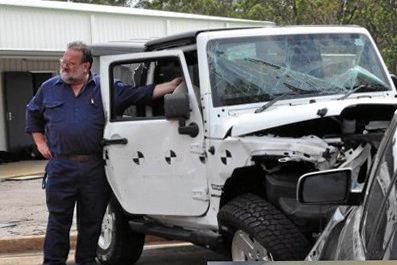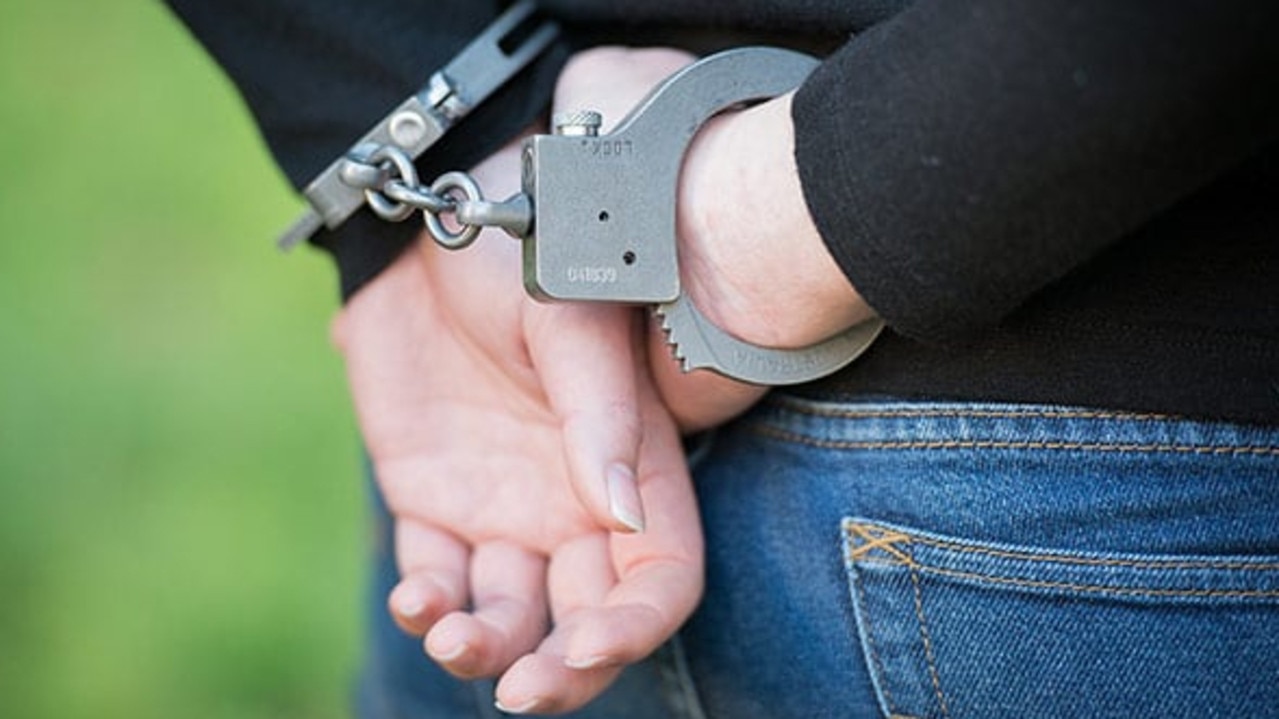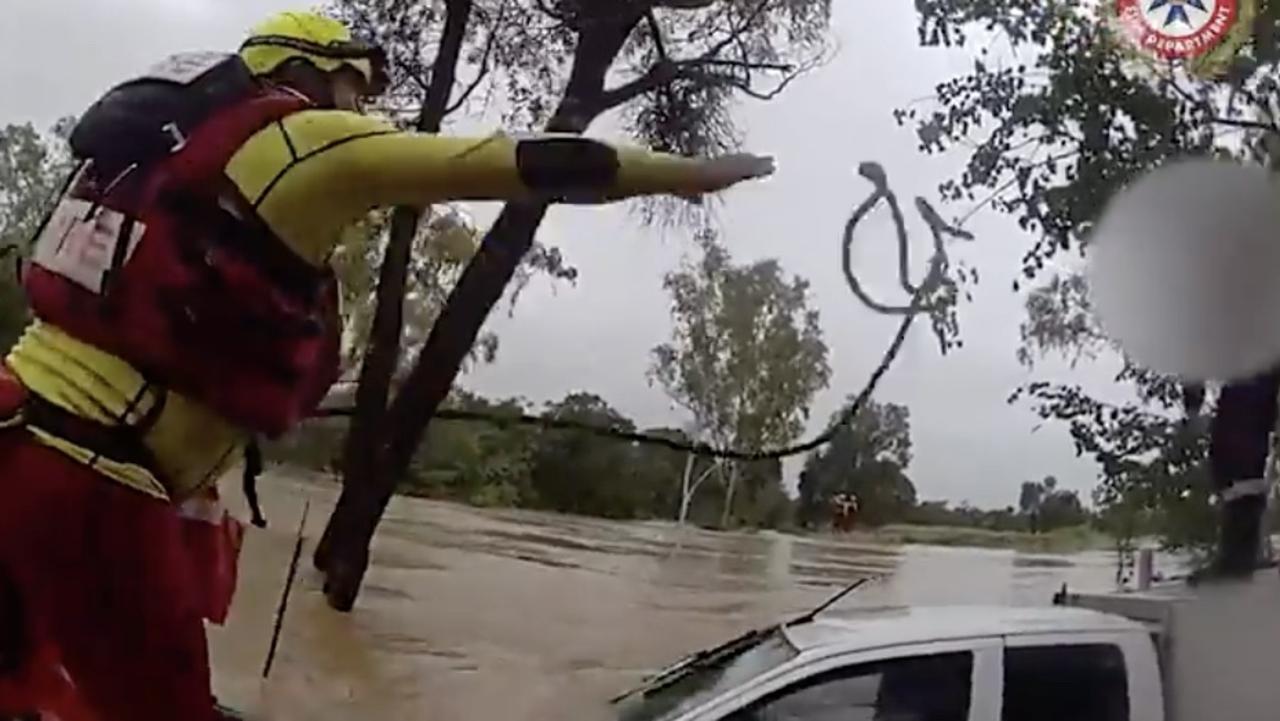Uni head calls for research into crash causes
The number of crashes will continue to climb as a direct proportion of the number of vehicles on the road.

Community News
Don't miss out on the headlines from Community News. Followed categories will be added to My News.
GEOFF Dell feels fortunate to have world-class research facilities at his fingertips - but he's well and truly fed up with Australia's driver-is-to-blame mentality.
Mr Dell, the head of Transport and Safety Sciences at CQ University, supervises several courses in investigation and management to postgraduate students working in the industry around Australia and overseas.
He said there is probably 500 years' experience among his staff who have access to a unique $2 million crash laboratory in Bundaberg.
"CQUniversity had the vision 10 years ago to build up a course which is not only necessary but also commercially viable," he said.
One of his students is a former police officer, now chief investigator of transport safety in Western Australia, who has spent two years researching the chain of responsibility by which blame is apportioned.
Another who has just started his studies is the watchhouse keeper at Mt Isa police station
Mr Dell, who still works as an air safety investigator with Qantas, said first responders suffer as a result of their work which is sometimes "pretty gruesome stuff".
"The average paramedic changes career every seven years; they receive counselling processes but post-traumatic stress disorder remains a real issue," he said.
He "takes his hat off to the coppers" too but Mr Dell's point is that first responders are faced with tasks they are not trained to do.
Police, he said, are focused on gathering "proof'' to substantiate the charges in the subsequent prosecution of those deemed to have breached the law.
"Often there is little or no attempt to ascertain the contributory factors that might have led to the actions of the offending driver/s," he said.
He cites poor road conditions and commercial drivers who are coerced by their employers into time-frames they can't achieve without breaking the law.
"Only where there are multiple crashes in similar circumstances or in the same locations are more detailed analyses of the physical road environment and conditions or other causal factors considered," Mr Dell said.
And even then, the response is to warn drivers to take more personal care rather than governments spending the money to make road design changes.
"In Victoria a while ago there was a Kenworth semi trailer which drove through a railway crossing and crashed into a train," he said.
The driver was originally ruled responsible for 11 people's deaths but further investigation by one of Mr Dell's CQU colleagues revealed that the crossing, which did not have boom gates, was situated on a bend among large trees, factors which inhibited the driver's line of sight.
"You can tell people to be safe until the cows come home," Mr Dell said.
"But even if they are conscientious, they are still vulnerable to errors of judgement, illnesses and ailments and fatigue. Yet driver behaviour is always the central focus of the road safety system, campaigns and blitzes."
Mr Dell said he is going to "keep banging on about it" until road safety investigations are conducted in line with the aviation industry, which is "built on the principles of high fidelity investigations conducted to a UN/International Civil Aviation Organisation standard first introduced in 1948".
"A fundamental aviation accident prevention tenet acknowledges that humans will make mistakes, miss things or inadvertently take incorrect actions, so the aviation safety system ensures there are redundancies in place to minimise the likelihood of those human errors occurring or to minimise the outcomes if they do," he said.
Mr Dell cited innovations such as the heads-up display in a car he recently rented as the kind of measures which have been slow in reaching critical capacity.
"The kind of Doppler radar technology Ford was testing in the '90s is only now making it into our cars... and then only the luxury models," he said.
"It would cost them $2 a unit if they put intelligent systems into every car; instead they're charging consumers thousands for safety extras."
Mr Dell said the combined cost of workers' injuries and road safety is $80 to 100 billion a year, which is probably a low estimate "given that insurance companies like to undercook the books".
"And that doesn't include the pain and suffering of the victim and his or her family," he said.
A driver is only tested once and it is assumed they are fit to drive thereafter, Mr Dell said.
For all these reasons, he concludes that road safety in Australia is 50 years behind Australian and overseas aviation.
"Was it Einstein said the definition of insanity is doing the same thing over and over again and expecting different results?" Mr Dell said.
He wants an independent road safety investigation agency - independent of the road regulators, road safety authorities, police, and other vested interests - to take the investigation of road crashes beyond the realms of driver behaviour.
"It will take a long time, as it did in aviation, but otherwise little is likely to change significantly," Mr Dell said.
"The number of crashes will continue to climb as a direct proportion of the number of vehicles on the road."
Originally published as Uni head calls for research into crash causes


